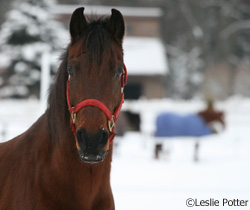 1. Give your horse plenty of forage to offset the calories he’s burning to stay warm.
1. Give your horse plenty of forage to offset the calories he’s burning to stay warm.
3. Give pastured horses access to a three-sided shelter for a break from the wind, rain or snow.
4. Make sure horses at the bottom of the herd hierarchy are allowed into shelters by the rest of the group.
5. If a horse becomes wet down to his skin during a cold storm, even the lightest wind can cause him to become dangerously chilled.
6. Keep yourself warm: Look for heat packs you can slip into gloves or use as toe warmers.
7. Shoe caulks, borium and snowball pads may all be hoof care options for your winter riding plans.
8. If you plan to pull your horse’s shoes for the winter, keep up on regular farrier appointments.
9. Spraying cooking oil on the soles of your barefoot horse may help keep snow from sticking during a ride—reapply often.
10. Horses with health problems or equine seniors may need extra care, including blanketing, in cold weather.
11. While it may be tempting to close up the barn to keep your horses warm, leave it open to encourage good ventilation and better respiratory health.
12. If your horse is shivering, he’s too cold. Take action, hypothermia is deadly.
13. Don’t use barn heaters—they’re a fire hazard.
14. Impaction colic is more common during winter: Make sure your horses are drinking for good digestive function.
15. If you live in a warmer region where mud is your primary winter concern, watch turnout footing: Sandy soil is much better than the slippery, gooey clay-based variety.
16. Use a feeding system that prevents hay from becoming trampled and wet.
17. Offer stabled horses plenty of daily exercise to prevent explosive behavior that leads to injury.
18. Keep horses off ice: Frozen ponds and streams, ice patches in turnouts and black ice on roads can all lead to disaster.
19. Cat litter thrown on slick surfaces can help prevent slipping.
20. Routinely groom your horse to check for skin maladies, wounds and weight loss.
21. Wash horse blankets regularly to avoid equine skin problems.
22. Warm your bit to make wintertime bridling a more pleasant experience.
23. Stock your hay: You don’t want to run out during a nor’easter.
24. Keep your equine first-aid kit well-equipped. If an emergency arises when roads are closed, your veterinarian might not make farm calls.
25. Check blanket fit. An ill-fitting blanket can cause rubs. A horse can also get dangerously tangled in a too-big blanket.
26. Leave mane, tail, fetlock feathers, beard and other guard hairs au naturel for extra protection against the elements.
27. Consider a partial or full body clip for your riding horse to make cooling-out time go faster (but he’ll have to be properly blanketed).
28. Select an appropriate blanket weight that will keep your horse warm without overheating him.
29. Insulate your water pipes in and around the barn to prevent freezing.
30. Remember, most horses fare better in cooler temperatures than in summer heat. Take advantage of this and enjoy your winter rides.
This article originally appeared in the December 2006 issue of Horse Illustrated magazine. Click here to subscribe!

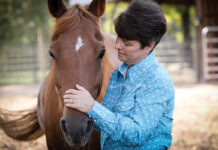
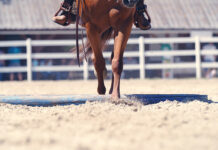
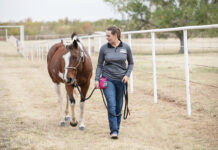
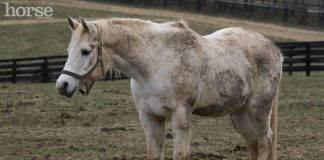

A good list of ideas to help with all the “fun” that comes with winter.
This was a great article!
Great tips!
Great tips! Makes welcoming winter easier!